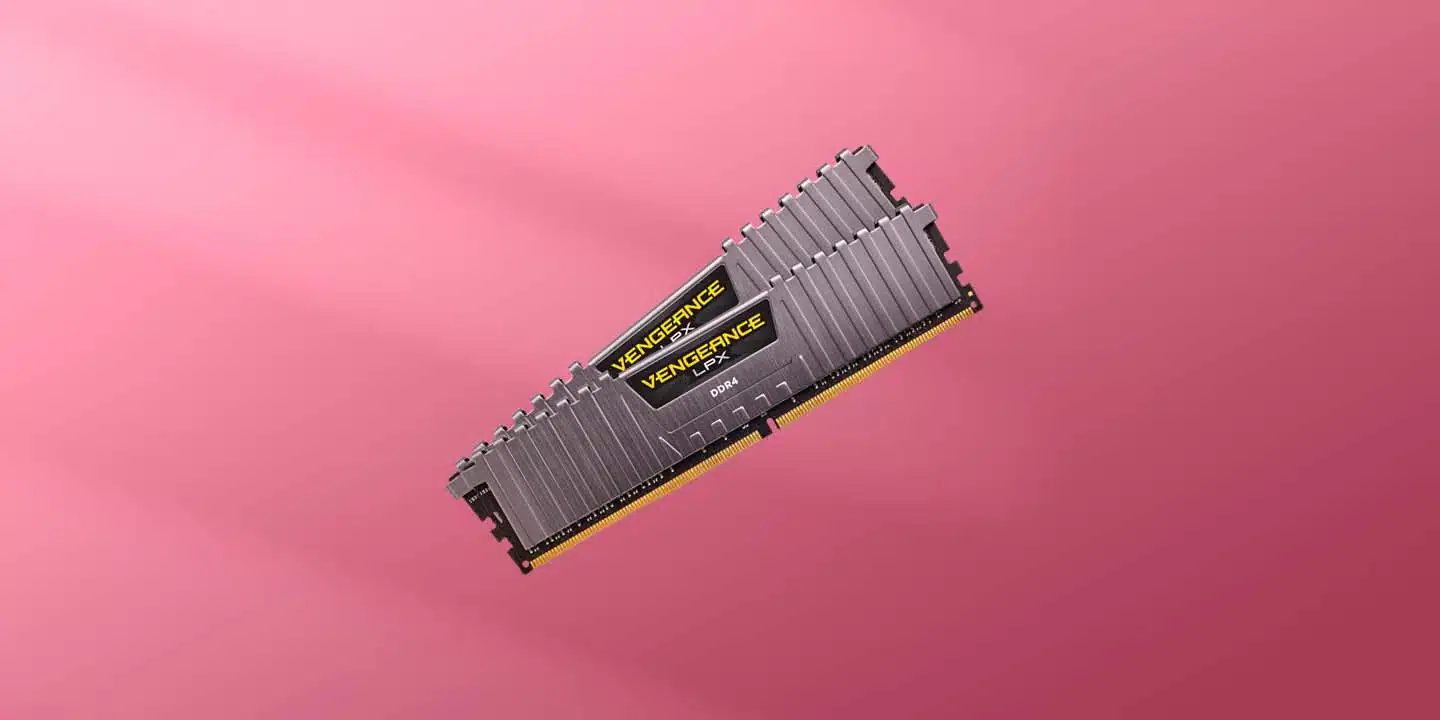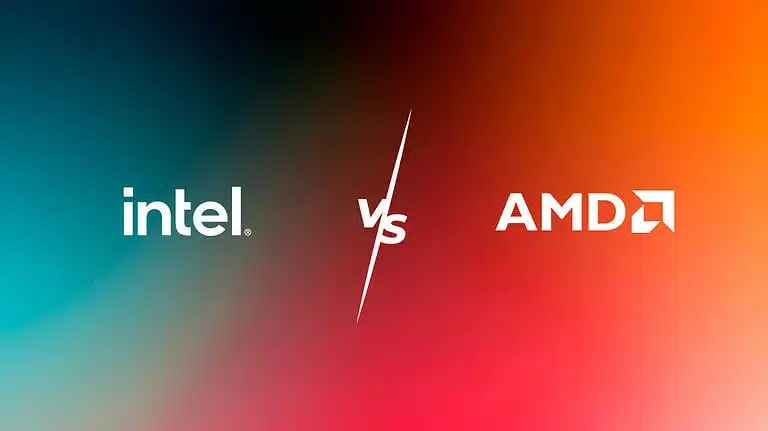How much RAM do you need for Graphic Design

When setting up your new computer, choosing the right amount of RAM will allow you to work faster without incurring unnecessary costs.
The amount of RAM you need for Graphic Design depends on the system requirements of the programs you will be using. In 2024, the most popular Graphic Design programs require a minimum of between 4 and 8 GB of RAM to run, but they usually recommend 16 GB of RAM or more.
But don’t worry about the numbers, I’m going to show you how to know exactly how much RAM you need and what other aspects you need to take into account so that your Graphic Design programs run fast, and you can get the most out of them.
How to calculate how much RAM you need for Graphic Design
There is a simple way to calculate how much RAM you need without needing to understand what RAM is or how it works. Simply take as a reference thesystem requirements of the most demanding program you will use or think you will use. This way you will never fall short.
Below, you can find a table with the main Graphic Design programs and their respective minimum and recommended RAM requirements:
| Program | Minimum RAM | Recommended RAM |
|---|---|---|
| Adobe Photoshop | 8 GB | ≥ 16 GB |
| Adobe Illustrator | 8 GB | ≥ 16 GB |
| Adobe InDesign | 4 GB | ≥ 16 GB |
| Affinity Designer 2 | 8 GB | ≥ 16 GB |
| Affinity Photo 2 | 8 GB | ≥ 16 GB |
| Affinity Publisher 2 | 8 GB | ≥ 16 GB |
| CorelDRAW | 8 GB | ≥ 16 GB |
| Corel PaintShop Pro | 4 GB | ≥ 8 GB |
| Corel Photo-Paint | 4 GB | ≥ 8 GB |
Let’s consider, for example, that for your projects you are going to use Photoshop, CorelDRAW and InDesign. Then we go to the table above and see that the most demanding program in2024 is Photoshop (16 GB of RAM “or more” recommended). So, 16 GB of RAM is what you need to ensure that this trio of Graphic Design programs work well.
Here’s why to take the recommended RAM as a reference and not the minimum.
Minimum or recommended RAM requirements
The minimum requirements are those that the software manufacturer indicates so that you can use, as a minimum, the basic functions of a Graphic Design program. But if you want to design in an agile and fluid way, taking advantage of all the tools, filters and functionalities of the program, sticking to the minimum requirements is not the most advisable thing to do.
“If the computer you are planning to buy does not have the option of expanding RAM in the future, choose to adhere to the recommended requirements.”
On the other hand, if you meet the recommended requirements, you will be sure to be able to use the programmes at 100% for 2 to 5 years, depending on new developments and needs as they arise and how demanding they are.
If the computer you are thinking of buying does not have the option of upgrading the RAM in the future, it is best to try to meet the recommended requirements, or even a little more, if your budget allows. This will ensure that you will be able to work comfortably for years to come. It’s also not worth investing much more. The price of RAM goes down over time and other parts of your hardware, such as the processor or graphics card, will become obsolete anyway.
And the performance of your computer and graphic design programs does not depend on RAM alone, as we will see below.
Other essential aspects to consider, in addition to RAM
RAM does not work in isolation, but is part of a system. Therefore, when buying your new notebook or desktop PC, you should consider the hardware as a whole and not just the RAM. Above all, you should pay attention to the following elements:
The operating system
Your operating system may limit the amount of RAM you can use. A 32-bit operating system will only allow you to access 4 GB of RAM even if you have 16 GB of RAM installed. Fortunately, today, both Windows and macOS run on 64-bit systems that have much higher RAM limits: between 128 GB of RAM and 2 TB.
The motherboard
If you are building a desktop PC, pay close attention to the specifications of your motherboard. They indicate which brands and models of RAM are compatible and any capacity limitations.
If you decide on a laptop, you will not normally be able to choose the motherboard, but you will be told if the RAM is upgradeable. If you decide to do so, also be aware of the brands and models that are compatible with your laptop’s motherboard, as well as their limitations.
The CPU
RAM allows your processor (CPU) to access files faster and helps it run more processes at the same time. Simplifying, the more RAM you have and the faster it is (MHz), the more processes your CPU can execute.
If you want more information on how to choose a processor, I recommend my article “AMD or Intel for Graphic Design?“
The graphics card
Regardless of the RAM you have, some programs will require that you have a good graphics card. Photoshop, for example, recommends an nVidia GeForce GTX 1660 or NVIDIA Quadro P1000 and requires at least one NVIDIA GeForce GTX 1050. See all of them on Amazon.
The graphics card (GPU) uses its own RAM – called VRAM – for rendering images and polygons. But Design programs still need to access a lot of other data in use while you work. Therefore, VRAM is not a substitute for RAM, although it does help the overall performance of Graphic Design programs.
The drive
Nowadays, virtually all computers come with solid state drives (SSD) which have a much higher transfer rate than hard disk drives (HDD). So always try to choose SSDs.
Then you have to take into account their storage capacity. Sometimes your computer needs to temporarily transfer data from RAM to disk storage. This is called “virtual memory” and depending on the complexity of what you are doing, it may require more or less space.
As long as you have enough free space, storage will not affect processor speed or RAM. For more information, see my article “How to choose a laptop for Graphic Design?“
Conclusions on how much RAM do you need for Graphic Design
Nowadays, it is still possible to work with 4 GB of RAM. Depending on the type of designs you do and how optimised the rest of your computer is, it may be enough for you, but I don’t recommend it.
To run your graphic design programs smoothly for years, I would make sure you have 16 GB of RAM. Make sure that the other hardware components meet the system requirements of the programs you will be using.
Only in case you combine your Graphic Design work with 4K video editing, motion graphics or 3D design, I would opt for 32 GB of RAM or more.


